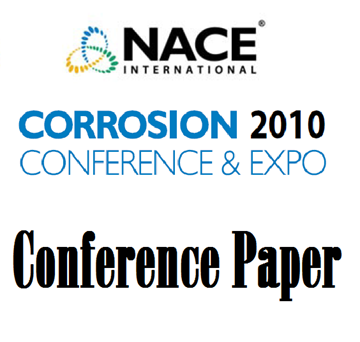Search
10031 Resolving CP Design Restrictions at an Australian Wharf: A Novel Marine Impressed Current CP Systems
Also Purchased
07049 20 Years of Impressed Current Cathodic Protection Retrofit of Offshore Platforms Using MMO Tensioned Anode Strings
Product Number:
51300-07049-SG
ISBN:
07049 2007 CP
Publication Date:
2007
$20.00
09545 Interference of an Impressed CP System with an Adjacent Sacrificial CP System and its Mitigation
Product Number:
51300-09545-SG
ISBN:
09545 2009 CP
Publication Date:
2009
$20.00
10025 Remoteness of Impressed Current Anode Ground Beds
Product Number:
51300-10025-SG
ISBN:
10025 2010 CP
Publication Date:
2010
$20.00




